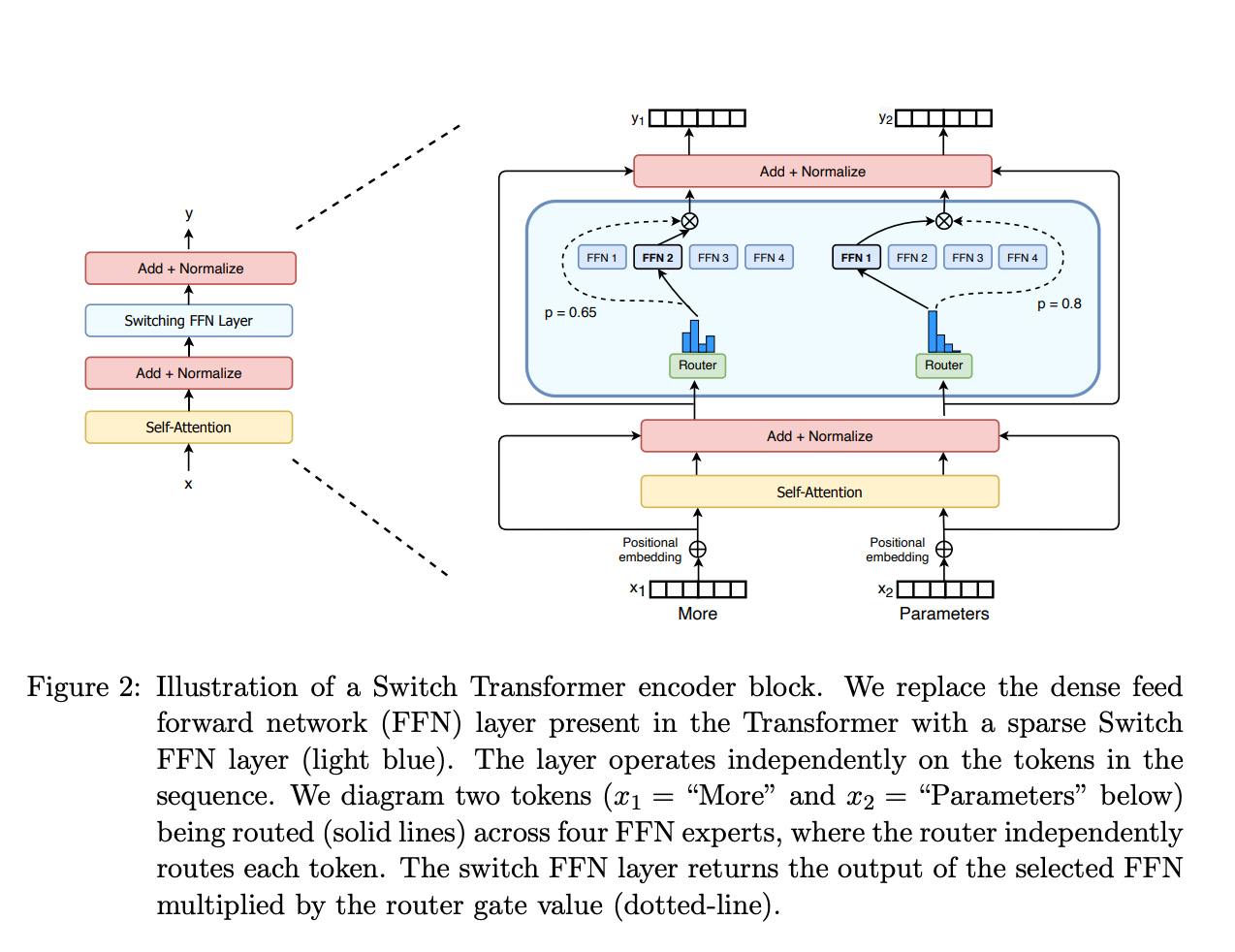Meta AI Researchers Introduce Mixture-of-Transformers (MoT): A Breakthrough in Multi-Modal AI Processing
Advancements in AI have paved the way for multi-modal foundation models that simultaneously process text, images, and speech under a unified framework. These models can potentially transform various applications, from content creation to seamless translation across media types, as they enable the generation and interpretation of complex data. However, achieving this requires immense computational resources, which creates a barrier to scaling and operational efficiency. Training these multi-modal systems is complex, as each modality, whether text, image, or audio, introduces unique challenges, requiring customized handling while maintaining cohesion within the model’s framework. Balancing this level of diversity in data types has proven difficult regarding both processing power and training efficiency.

Challenges in Multi-Modal AI Research
A primary issue faced in multi-modal AI research is that traditional language models are optimized for text, and extending them to incorporate images and audio requires substantial computational power. Large language models, or LLMs, designed specifically for text-based tasks do not naturally integrate other modalities due to the inherent differences in how each modality needs to be processed. For instance, a text model optimized on trillions of tokens can only extend to image and speech data with conflicts in the training dynamics. Consequently, the computational load escalates, with these models requiring up to five times the data and processing power compared to text-only models. Researchers are aiming to find architectures that can accommodate these requirements without a proportional increase in resources.
Efficient Solutions for Multi-Modal Models
Various strategies currently address the need for computational efficiency in multi-modal models. One prominent approach is using sparse architectures, such as Mixture-of-Experts (MoE), which activates only specific parts of the model as needed. MoE operates by utilizing “experts” to manage different aspects of the data, reducing the workload of the model at any given moment. However, MoE has limitations, including instability caused by unbalanced expert utilization and difficulty managing training dynamics at scale.

FAIR at Meta and Stanford University researchers introduced a new architecture called Mixture-of-Transformers (MoT). The MoT, built as a sparse, multi-modal transformer, reduces computational demands by incorporating modality-specific parameters. Unlike traditional dense models that rely on uniform processing, MoT utilizes distinct components for each modality, text, image, and speech, allowing for modality-specific optimization without requiring additional model components.
Benefits of Mixture-of-Transformers
The Mixture-of-Transformers framework leverages this sparse design by decoupling the model parameters according to modality, optimizing training and inference phases. For instance, MoT separates text, image, and speech parameters during a multi-modal task, applying customized processing layers for each. This process reduces the need for dense model layers to accommodate all modalities simultaneously.
Mixture-of-Transformers showed notable improvements across multiple evaluation criteria. The architecture reduced pretraining times for text and image tasks by over 40% and achieved efficiency gains in handling complex multi-modal data.
Conclusion
In conclusion, Mixture-of-Transformers presents an innovative approach to multi-modal modeling by offering an efficient, scalable solution for integrating diverse data types within a single framework. Through a sparse architecture that leverages modality-specific processing, MoT significantly reduces computational load while delivering robust performance across various tasks. This breakthrough could transform the landscape of AI, enabling more accessible, resource-efficient models for advanced multi-modal applications.
Check out the Paper for more information on the research.




















